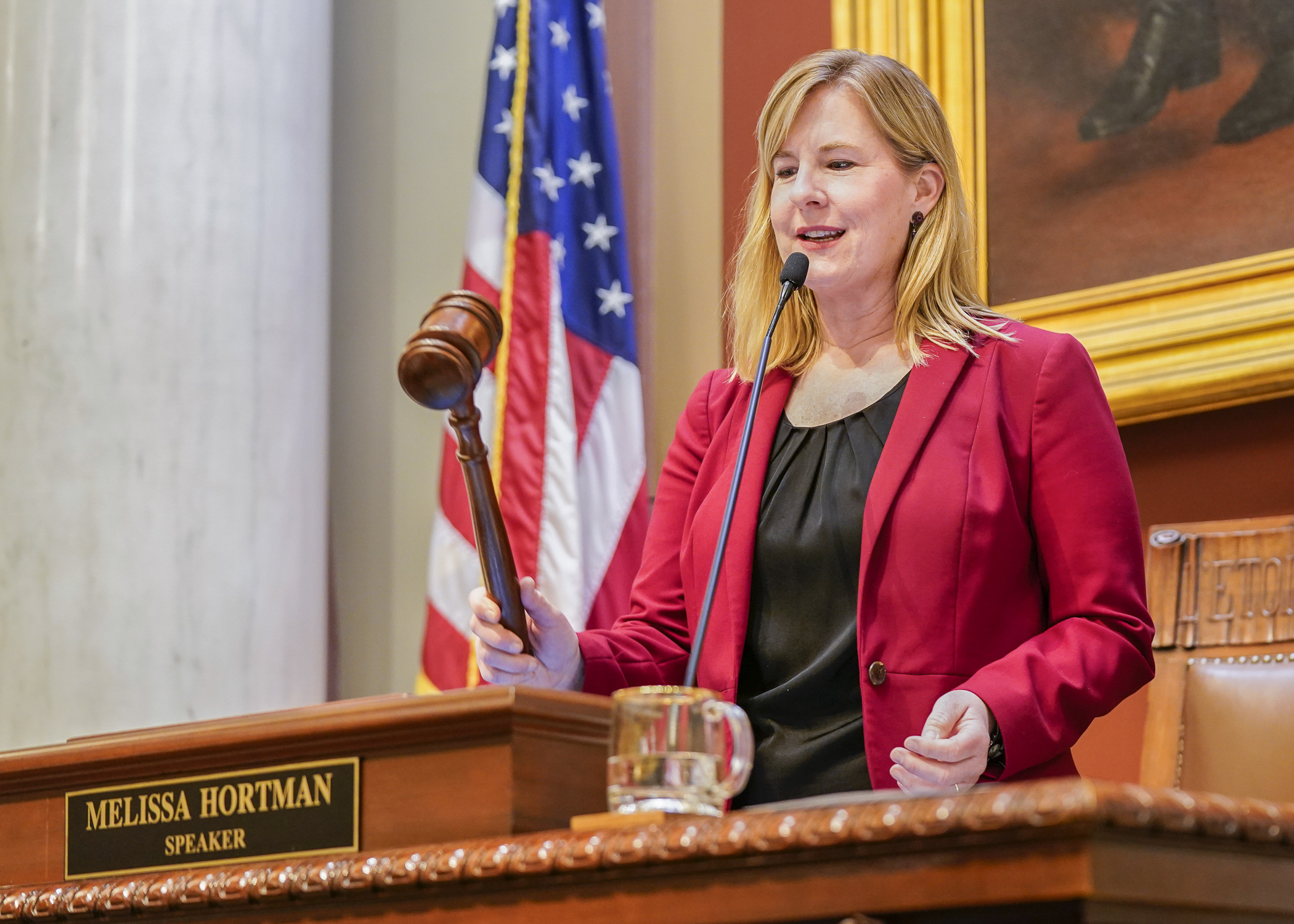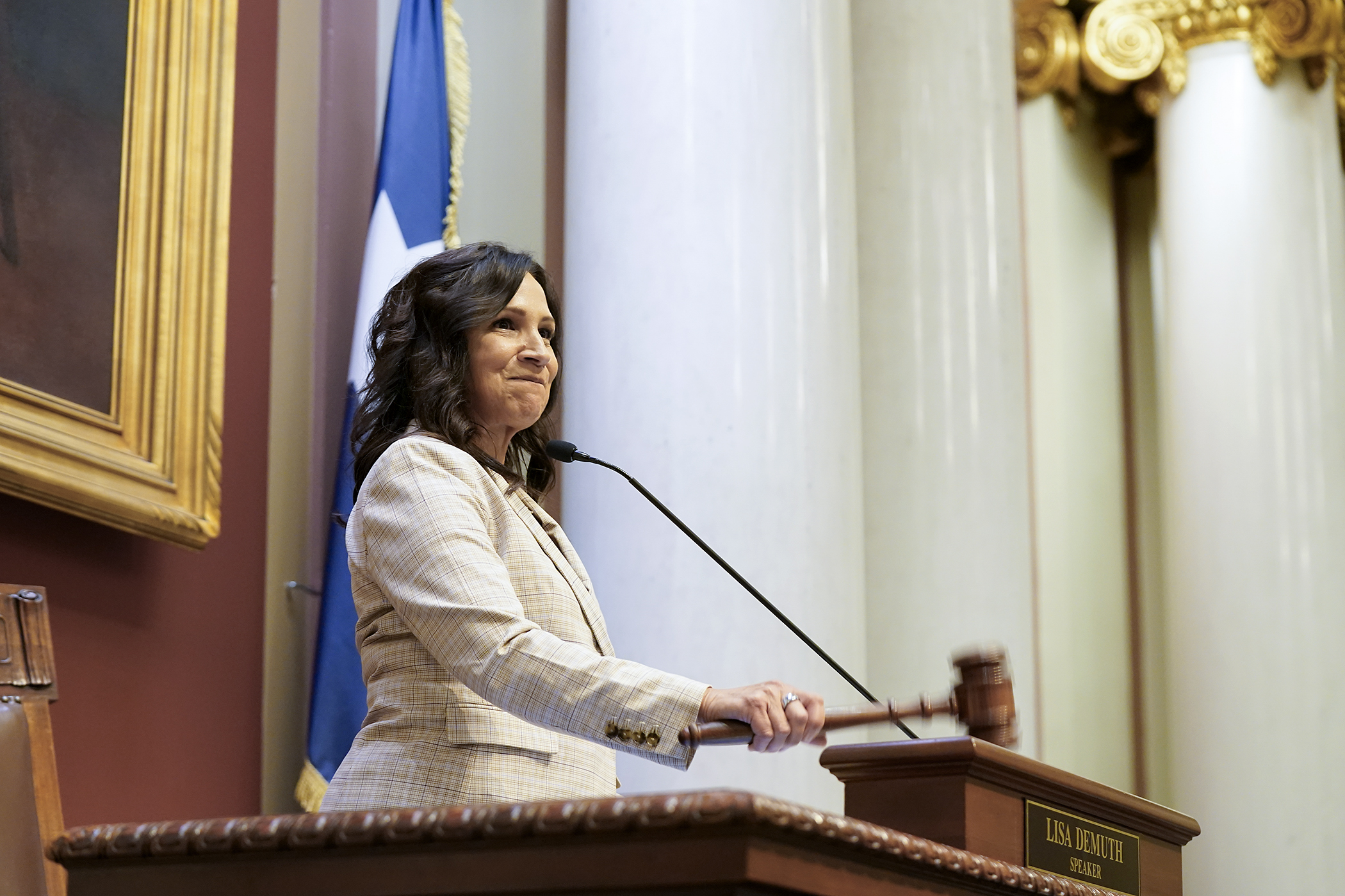Not enough support in House for measure allowing all MN local governments to use ranked choice voting
In all cities, counties and school districts, a candidate receiving the most votes on a first ballot might no longer win the seat for which they seek.
Just not yet.
HF3276 would give home rule charter or statutory cities, school districts and counties the option to do use ranked choice voting for nonpartisan elections and municipal elections. The method could only be adopted via a ballot question presented to voters, and only for electing local offices at a general or special election.
The vote had support of 66 of the 128 members voting Sunday. However, because it did not get a majority vote of the entire House — 68 votes — the bill failed.
Rep. Rick Hansen (DFL-South St. Paul), Rep. Michael Nelson (DFL-Brooklyn Park) and Rep. Gene Pelowski, Jr. (DFL-Winona) joined Republicans in voting against the bill.
Ranked choice voting is now used in Minneapolis, St. Paul, St. Louis Park, Minnetonka and Bloomington. Only charter cities with odd-year elections are permitted to use ranked choice voting. Statutory cities cannot.
“One of the great things about ranked choice voting in this time where we have such division and polarization in our electoral process is that it requires the candidate to connect with all segments of the community,” said Rep. Cedrick Frazier (DFL-New Hope), the bill sponsor. “Many folks may flock and stay within the bubble that they have and that’s the way for them to get elected. But with ranked choice voting you have to be broader than that.”
Under a ranked choice voting system, voters rank candidates by preference, meaning they can submit ballots that list not only their first-choice candidate for a position, but also their second, third and so on. This means more votes can count toward the outcome than a choose-one election.
If a candidate garners more than 50% of first-choice votes they win outright, but if no candidate reaches that mark, the candidate with the fewest votes is eliminated and those who ranked them first instead have their vote go to their second choice. The process continues until one candidate achieves the required 50% plus one.
Supporters have previously said benefits of the change would include candidates needing a broader range of support and running on policy solutions rather than personal attacks because second-and third-choice votes may be needed. Improving representation for people of color could also be a result of the change.
“Ranked choice voting is a good option that makes campaigns more positive and issue-focused,” said Rep. Mike Freiberg (DFL-Golden Valley).
Rep. Ben Davis (R-Merrifield) successfully added an amendment, as amended by Frazier, to require, before ranked voice voting is submitted to voters, at least one public meeting be held where people “can share opinions about its potential implementation.”
Related Articles
Search Session Daily
Advanced Search OptionsPriority Dailies
Speaker Emerita Melissa Hortman, husband killed in attack
By HPIS Staff House Speaker Emerita Melissa Hortman (DFL-Brooklyn Park) and her husband, Mark, were fatally shot in their home early Saturday morning.
Gov. Tim Walz announced the news dur...
House Speaker Emerita Melissa Hortman (DFL-Brooklyn Park) and her husband, Mark, were fatally shot in their home early Saturday morning.
Gov. Tim Walz announced the news dur...
Lawmakers deliver budget bills to governor's desk in one-day special session
By Mike Cook About that talk of needing all 21 hours left in a legislative day to complete a special session?
House members were more than up to the challenge Monday. Beginning at 10 a.m...
About that talk of needing all 21 hours left in a legislative day to complete a special session?
House members were more than up to the challenge Monday. Beginning at 10 a.m...